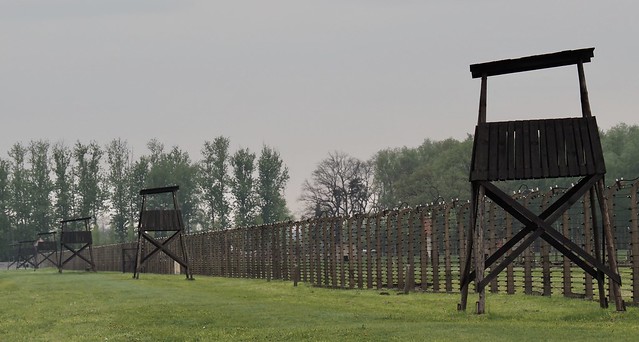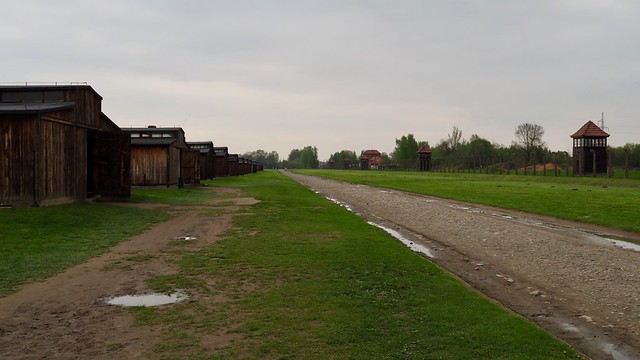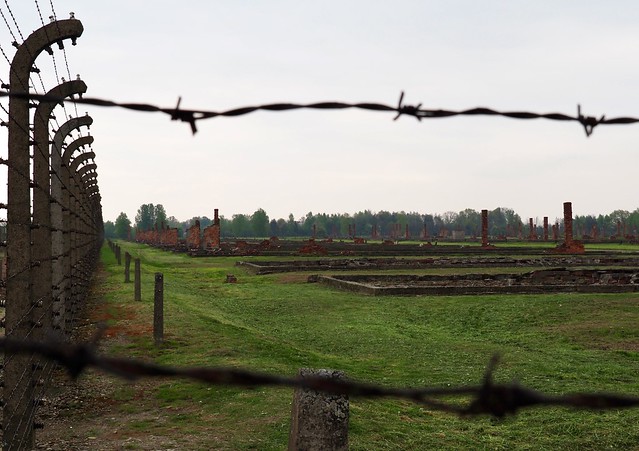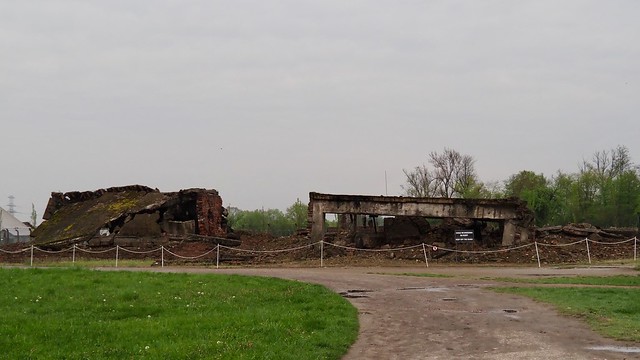Last week I visited Auschwitz. I find myself hesitating to write or say anything because I can’t find the words to convey the horror of the place and, in any case, so much has already been written and said far more powerfully by the Jewish survivors of the evil that was the Holocaust.
The trip was organised by the Holocaust Educational Trust as part of their Lessons from Auschwitz project, which aims to raise awareness of antisemitism among school and university students and teachers. It was preceded by a workshop that included an eyewitness account of the savagery of the Nazi death camps by Holocaust survivor Renee Salt. I was already familiar with the accounts written by Primo Levi and Viktor Frankl, but these could not compare to hearing the testimony first hand.
Renee’s horrific story made the trip to Auschwitz all the more human because the camps themselves lie empty, bearing only silent witness to the unspeakable events that took place there.

Crutches and artificial limbs taken from disabled people who were sent to the gas chamber on arrival
I learned that Auschwitz is composed of three separate camps, two of which we visited. Much of Auschwitz I, a converted army barracks which has the infamous ‘Arbeit Macht Frei’ gate, is now a museum containing many artefacts and records of the people who perished there: shoes, luggage, pots and pans, crutches, hair (taken for the German textile industry), and photographs. It also, chillingly, retains an intact gas chamber and crematorium.
Auschitz II, or Auschwitz-Birkenau, was purpose built for murder and the sheer scale of the place is hard to comprehend. Row upon row of huts almost as far as the eye can see and, at the rear, the remains of the four gas chambers and crematoria, which were ineptly dynamited at the end of the war as the Nazis sought in vain to destroy the evidence of their crimes. The photographs I took struggle to convey the size of the camp, or the grimness of the visit.
Finally, because the photographs bear only insipid witness, perhaps the wordless video below will give a better sense of what it was like to be there. It was impossible to absorb the full extent of the horror but will be impossible to forget.



















Thank you for posting this Stephen.